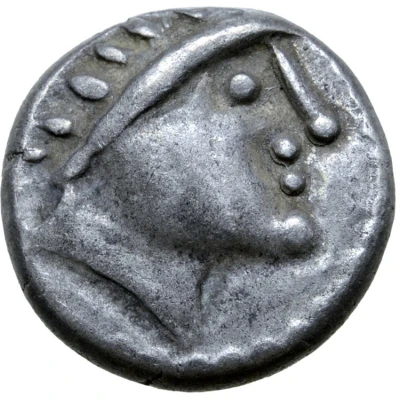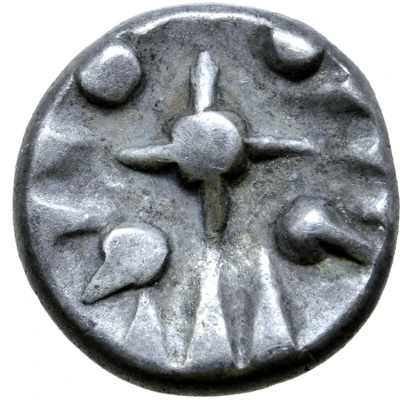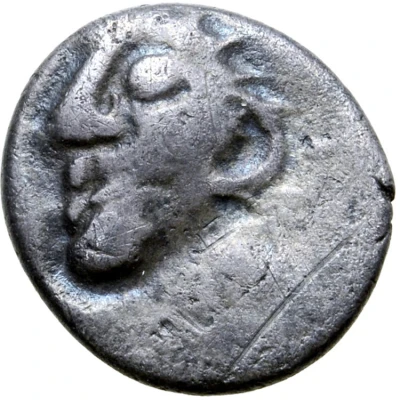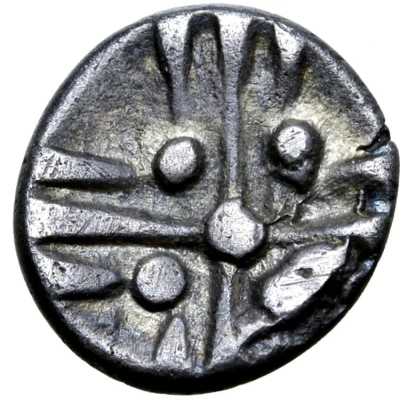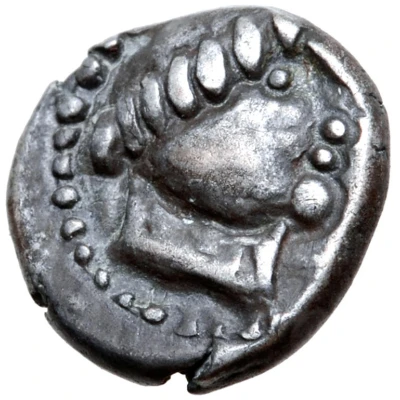
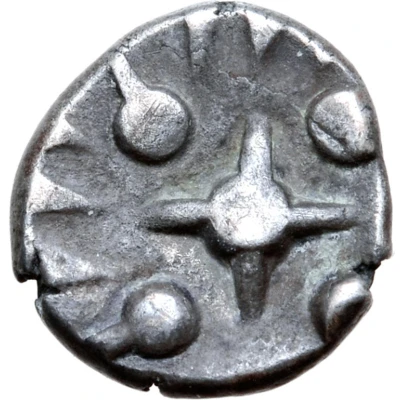

© Roma Numismatics Limited
Obol Eis Type 200 BC - 1 BC
| Silver | 0.68 g | 9 mm |
| Issuer | Kingdom of Noricum |
|---|---|
| Type | Standard circulation coin |
| Years | 200 BC - 1 BC |
| Value | 1 Obol (⅙) |
| Currency | Drachm |
| Composition | Silver |
| Weight | 0.68 g |
| Diameter | 9 mm |
| Shape | Round (irregular) |
| Technique | Hammered |
| Orientation | Variable alignment ↺ |
| Demonetized | Yes |
| Updated | 2024-10-09 |
| Numista | N#190301 |
|---|---|
| Rarity index | 100% |
Reverse
Winckelkreuz cross with pellet in centre.
Comment
Göbl, TKN pl. 45 X1; Paulsen pl. 27, 633.
Interesting fact
The Obol (Eis Type) coin was used as a form of currency in the Kingdom of Noricum, which was located in what is now modern-day Austria, during the 200 BC - 1 BC time period. The coin was made of silver and weighed 0.68 grams, which was a relatively small weight for a coin at that time. Despite its small size, the Obol (Eis Type) coin was an important part of the economy in Noricum and was used for everyday transactions. It's interesting to note that the Kingdom of Noricum was a Celtic kingdom, and the Obol (Eis Type) coin reflects the cultural and economic influences of the Celts in that region during that time period. The coin's design and the materials used to make it were likely influenced by the Celtic culture and traditions of the time.
